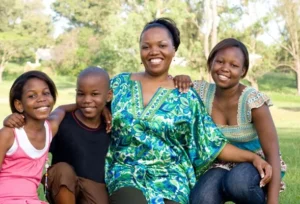Top Stories
What to know about Iran’s strike on Israel
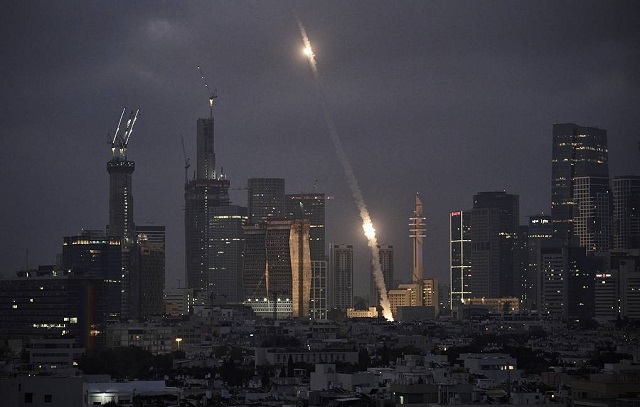
Iran launched missiles at Israel on Friday evening in response to the Israeli operation against the Iranian nuclear program a day before.
Iran codenamed its operation True Promise 3. The country’s supreme leader, Ayatollah Ali Khamenei, said in a televised address to the nation that the Israeli leadership “unleashed a war” against Iran, so Iran will not let Israel remain unscathed and will “use all force” to make that country regret what it has done.
General Ahmad Vahidi, adviser to the commander-in-chief of the Islamic Revolutionary Guard Corps, said the Iranian retaliation will continue as long as necessary.
TASS has put together the key facts about the shelling of Israel.
Targets
– The strikes hit more than 150 targets, including air bases hosting F-35, F-16 and F-15 fighter jets, along with refueling and transport aircraft, command and control posts and electronic warfare centers.
– Also attacked were military centers and defense plants used producing missiles, military equipment and other weapons, as well as other military targets.
– The strikes were carried out in phases, with at least three waves taking place.
– According to the IRGC, dozens of missiles hit designated targets.
– According to Iran’s IRNA news agency, missiles twice struck the Israeli Defense Ministry in Tel Aviv.
– According to IRNA, several missiles also hit the Israeli Ministry of National Security in Tel Aviv.
Before the strike
– A small leakage of radioactive substances occurred at Iran’s Natanz nuclear facility following an Israeli strike. Behrouz Kamalvandi, spokesman for the Atomic Energy Organization of Iran, said no contamination has spread to the outside environment and people are safe in terms of radiation levels.
– IAEA Director-General Rafael Grossi told a UN Security Council meeting that radiological and chemical contamination has been detected at Iran’s Natanz nuclear facilities following Israeli strikes. He said the type of radiation found inside the facility – mainly alpha particles – can be controlled with proper measures.
– Iran’s Fars news agency reported that Iran’s air defenses shot down several Israeli warplanes, including two F-35 fighter jets.
– According to the Tasnim news agency, the female pilot of one of the downed jets was taken prisoner.
What went down in Israel
– People across the country were urged to take cover in shelters.
– According to the Israel Defense Forces, Iran launched fewer than 100 surface-to-surface missiles during two waves of attacks, with most of them intercepted, but there were a few hits on buildings, some of them hit by falling debris after the interceptions.
– The US government confirmed to TASS that the US participated in repelling Iran’s retaliatory missile strike.
– A woman injured in Israel during the first wave of the Iranian attacks died in hospital from injuries.
– The total number of casualties in Israel after two Iranian attacks exceeded 60, most were minor injuries.
– Israeli Prime Minister Benjamin Netanyahu recorded a video message to the people of Iran, in which he said that his country does not consider Iranians as enemies and urged them to rise up against the government.
– CNN reported, citing sources, that Netanyahu and Israeli Defense Minister Israel Katz are in a shelter, assessing the situation after Iran’s retaliatory strikes. Several Israeli ministers and senior defense officials are also taking part in the assessment.
– Israel denied reports that its fighter jet was shot down over Iranian territory and an Israeli pilot was taken prisoner
Top Stories
Police fire teargas and water cannon at protesters in Kenya as thousands take to the streets
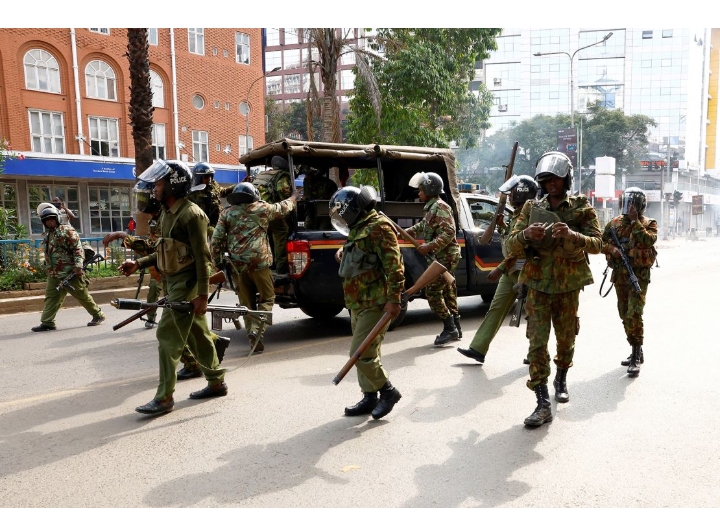
Police dispersed peaceful protesters in Kenya’s capital of Nairobi on Wednesday. Festo Lang/CNNNairobi, KenyaCNN —
Kenyan police have fired teargas and water cannon to disperse protesters as thousands took to the streets to mark the one-year anniversary of anti-government demonstrations that left dozens dead.
The government regulator, the Communications Authority of Kenya, has ordered all television and radio stations in the country to stop broadcasting live coverage of protests of the youth-led march, which began Wednesday.
The government agency falsely claimed that live coverage of the demonstrations violated Kenyan laws, while threatening regulatory action for non-compliance with the directive. Many of the stations did not immediately cease broadcasting, including CNN affiliate Citizen TV.
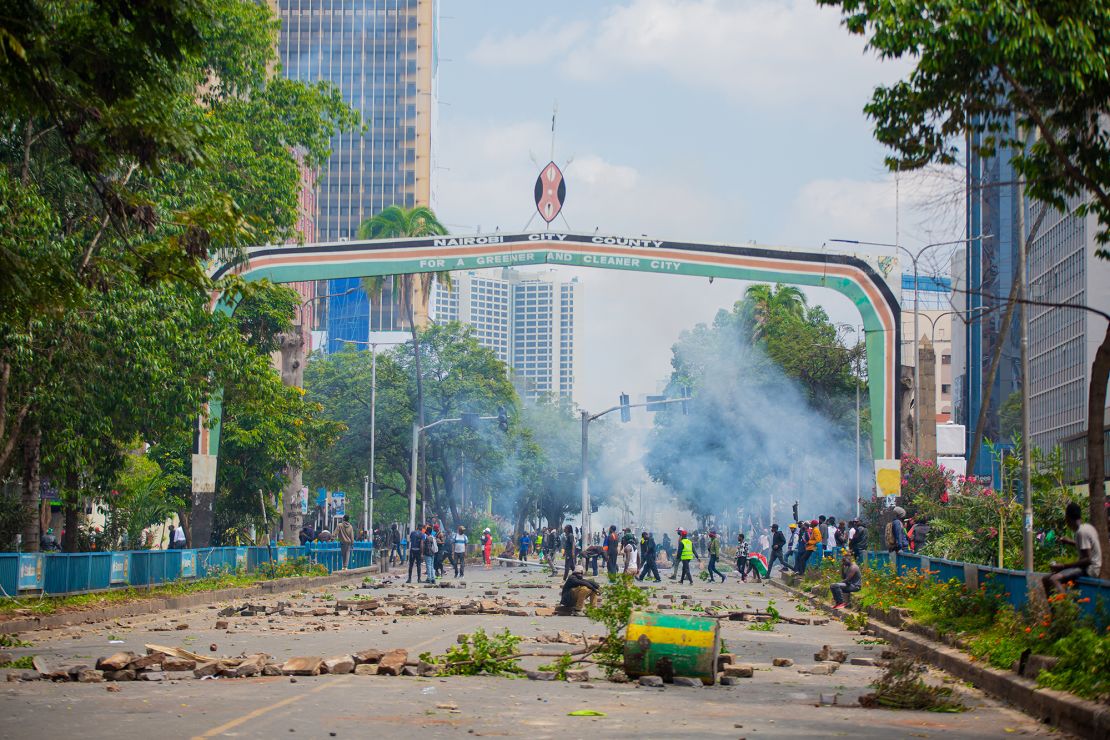
Thousands of people took to Kenya’s streets in protest on June 25, such as in the capital city.
Thousands of people demonstrated in the capital, Nairobi, the coastal city of Mombasa, and other towns to mark the protest anniversary.
In Nairobi, roads leading to the Kenyan Parliament building and the president’s office were barricaded ahead of the demonstrations.
Last June, many were killed by security forces outside Parliament, drawing nationwide outrage.
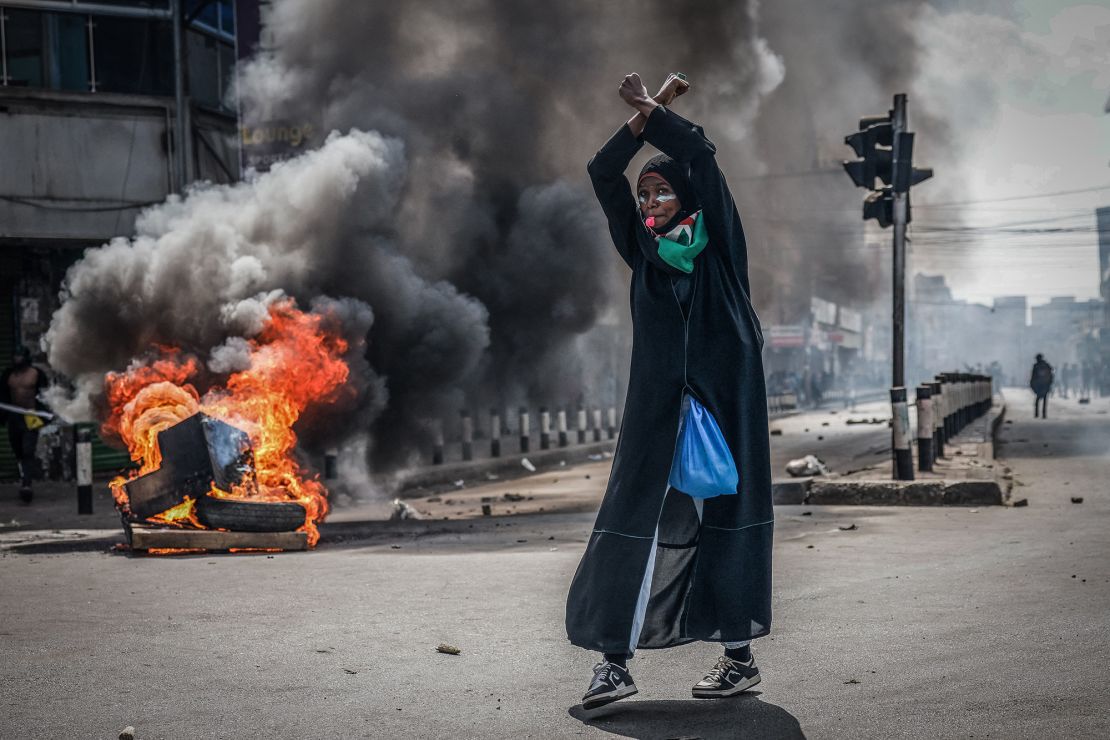
A protester reacts in front of a burning barricade in downtown Nairobi on Wednesday. Luis Tato/AFP/Getty Images
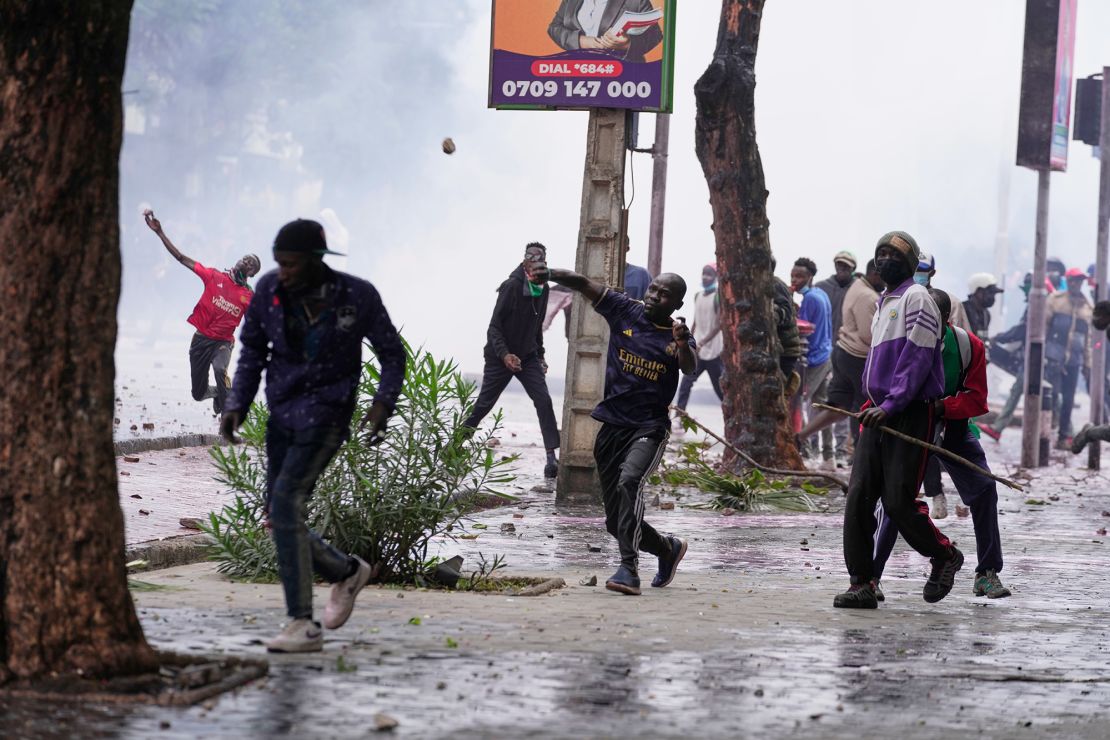
People protested on the one-year anniversary of deadly anti-tax demonstrations. Brian Inganga/AP
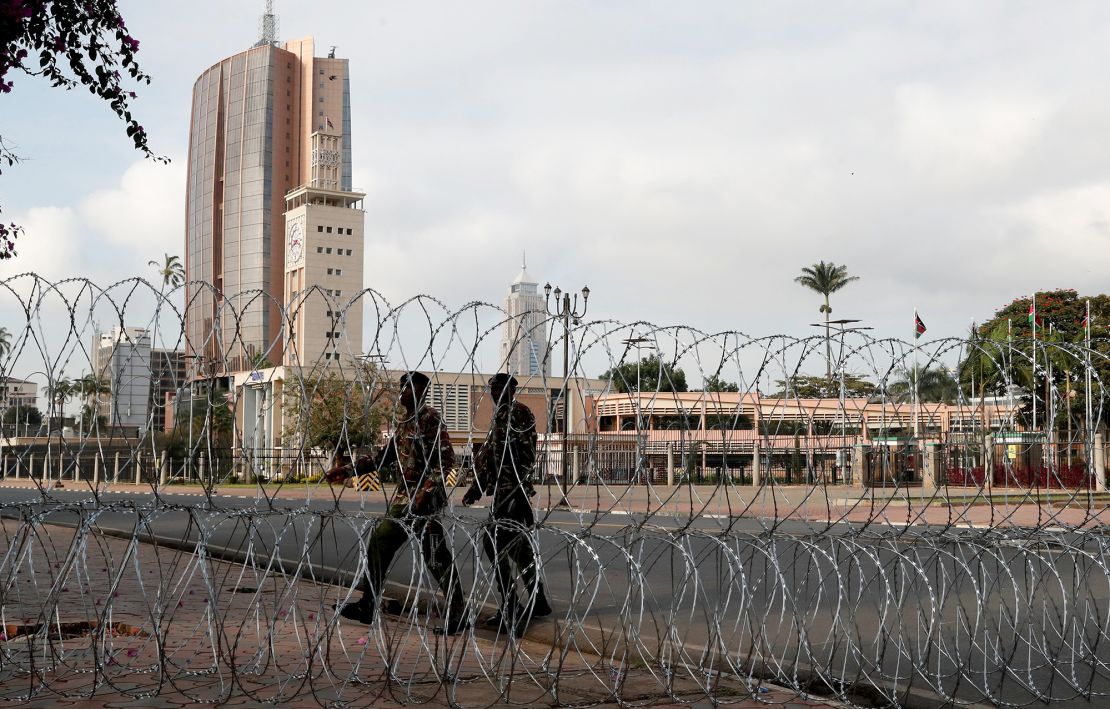
Security officers gather near a razor wire fence erected to block access to the Parliament buildings. Thomas Mukoya/Reuters
The demonstrations in 2024 forced the withdrawal of a controversial finance bill that raised taxes
However, many of Kenya’s youth are still enraged over several cases of alleged police brutality, including the death of a teacher in police custody and the shooting of an unarmed street vendor.
CNN witnessed police shooting live rounds in Nairobi to disperse peaceful protesters on Wednesday. Several of the demonstrators showed spent cartridges.
Demonstrators were also repelled with teargas and water cannon trucks in the capital – reminiscent of last year’s dramatic scenes.
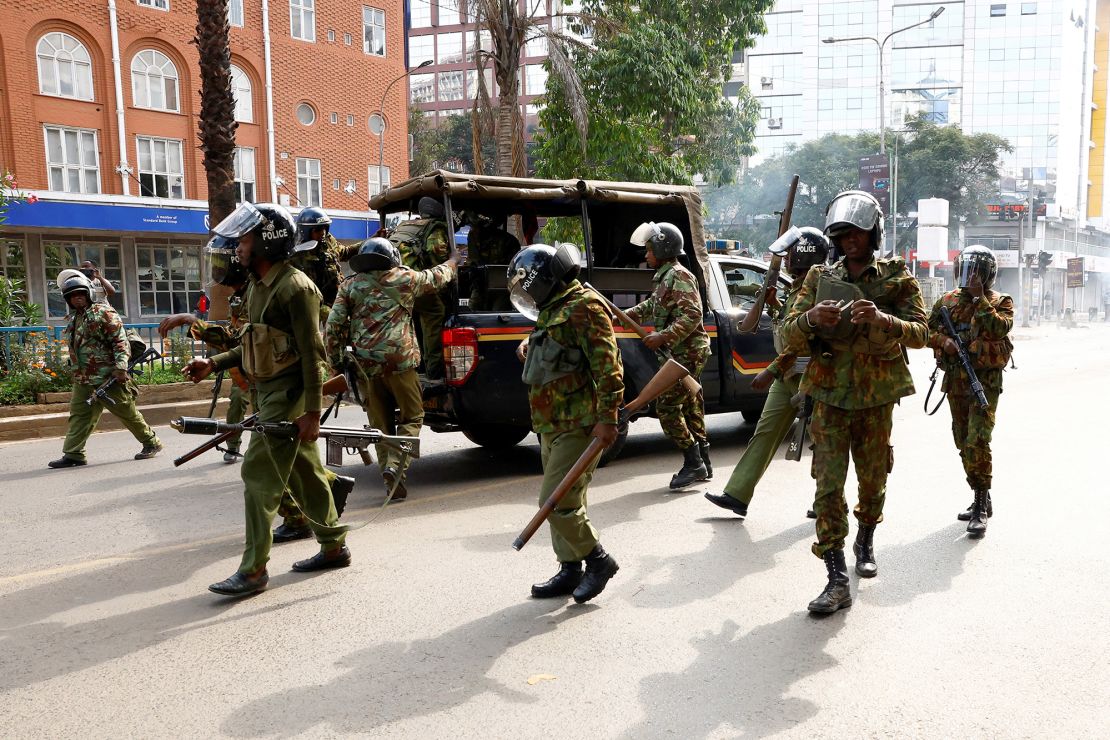
Police officers during demonstrations in Kenya’s capital on June 25. Thomas Mukoya/Reuters
Citizen TV posted a video on X showing injured individuals being wheeled into a Nairobi hospital.
In Mombasa, some protesters were arrested and hauled into police trucks, another video showed.
One person is reported to have been killed during demonstrations in eastern Kenya’s Machakos County on Wednesday morning, according to Citizen TV.
-
Top Stories2 days ago
Just in: PLU leaning to NRM, Withdraws From Party Primaries With 22 days Remaining to Elections.
-
Top Stories5 days ago
Suspected female suicide bomber killed in Kalerwe
-
Top Stories5 days ago
NUP Clears Kyeyune Pafuladiito For Mubende District Chairperson Race.
-
Top Stories5 days ago
NUP Goes For Buwekula South MP Seat Blesses Edward Ssempira.
-
Top Stories2 days ago
Museveni Approves Flyover Along Kampala-Jinja Highway to Protect Mbalala Industrial Park Workers
-
Top Stories5 days ago
Uganda’s Open Currency Policy and the Decline of the Shilling
-
Top Stories4 days ago
Dr. Ssemugenyi petitions Constitutional Court over UPDF Amendment Act
-
Top Stories2 days ago
Police fire teargas and water cannon at protesters in Kenya as thousands take to the streets



